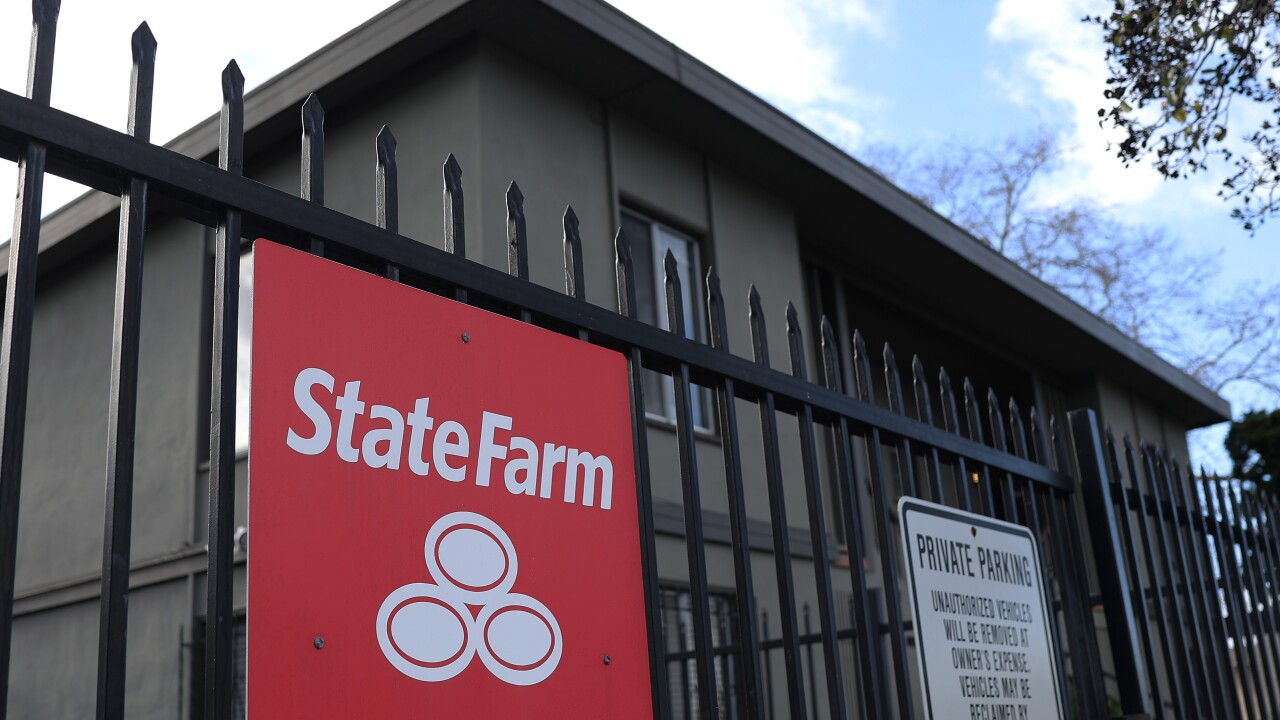As the world grapples with the escalating impacts of climate change, ensuring adequate and affordable protection against climate-related perils has become increasingly critical, especially for underinsured, vulnerable communities. Experts predict a highly active Atlantic hurricane season this year, spanning June to the end of November, and many are urging communities to prepare for potential loss.
In the National Oceanic and Atmospheric Administration (NOAA) May 23 media briefing on its
"This season is looking to be an extraordinary one in a number of ways, based on our data and models with the El Nino [and] La Nina playing out a significant role," said Rick Spinrad, NOAA administrator, in the media briefing. "The key this year, as in any year, is to get prepared, stay prepared."
This announcement marks the highest forecast for named storms and hurricanes that the NOAA has ever issued for its May outlook. Preparedness efforts, informed by data-driven insights, are vital for reducing losses and ensuring communities are better equipped to handle extreme weather events.
In Jan. 2024, NOAA announced that it invested $85 million in the Industry Proving Grounds (IPG) program to develop actionable
"With another active hurricane season approaching, NOAA's commitment to keeping every American informed with life-saving information is unwavering," said Spinrad. "AI-enabled language translations and a new depiction of inland wind threats in the forecast cone are just two examples of the proactive steps our agency is taking to meet our mission of saving lives and protecting property."
The increasing costs of climate-related disasters are making insurance less affordable, particularly in high-risk areas. According to Deloitte research, severe climate-related disasters in the United States escalated by 32% between 2019 and 2022, with
Swiss Re Institute's report,
The same report shares that the insurance loss burden has more than doubled in the past 30 years, driven by economic growth, urbanization and the accumulation of assets needing insurance. Swiss Re projects that this burden could double again within the next decade, underscoring the urgency for effective risk management strategies.
This uninsured gap is only expanding as the frequency and intensity of climate-related perils increase. With average annual global insured losses from natural catastrophes projected to double over the next decade, the insurance industry faces a pressing challenge: how to close the widening protection gap and ensure coverage is more accessible and affordable.
Swiss Re emphasizes that to mitigate and adapt to evolving climate-related risks, the insurance industry must
This upcoming season, NOAA will leverage new technologies to improve its hurricane analysis, communications and decision-making capabilities. This includes two new forecasting models; one of which will focus on the role that the ocean plays in hurricane intensity, and the other model will predict tropical cyclone rapid intensification. NOAA also offers its new Flood Inundation Mapping, funded through the Bipartisan Infrastructure Law, which prepares emergency and water managers to respond to flooding and protect vulnerable communities and infrastructure.
"Our forecasters now are better equipped than ever, especially thanks to critical investments from the Bipartisan Infrastructure Law and the Inflation Reduction Act. President Biden's Investing in America agenda has actually allowed us to enable rapid deployment of things like advanced water models, allowed us to build near real-time high-resolution flood inundation maps across the country. We've also been on our path toward next-generation radar," said Spinrad. "These investments are critical. We know communities can be devastated from the impacts of hurricanes–the associated wind, storm surge and flooding produce damage that affects local economies [and] affects livelihoods for years after the storm has passed."






